HANS HOFMANN (1880-1966)
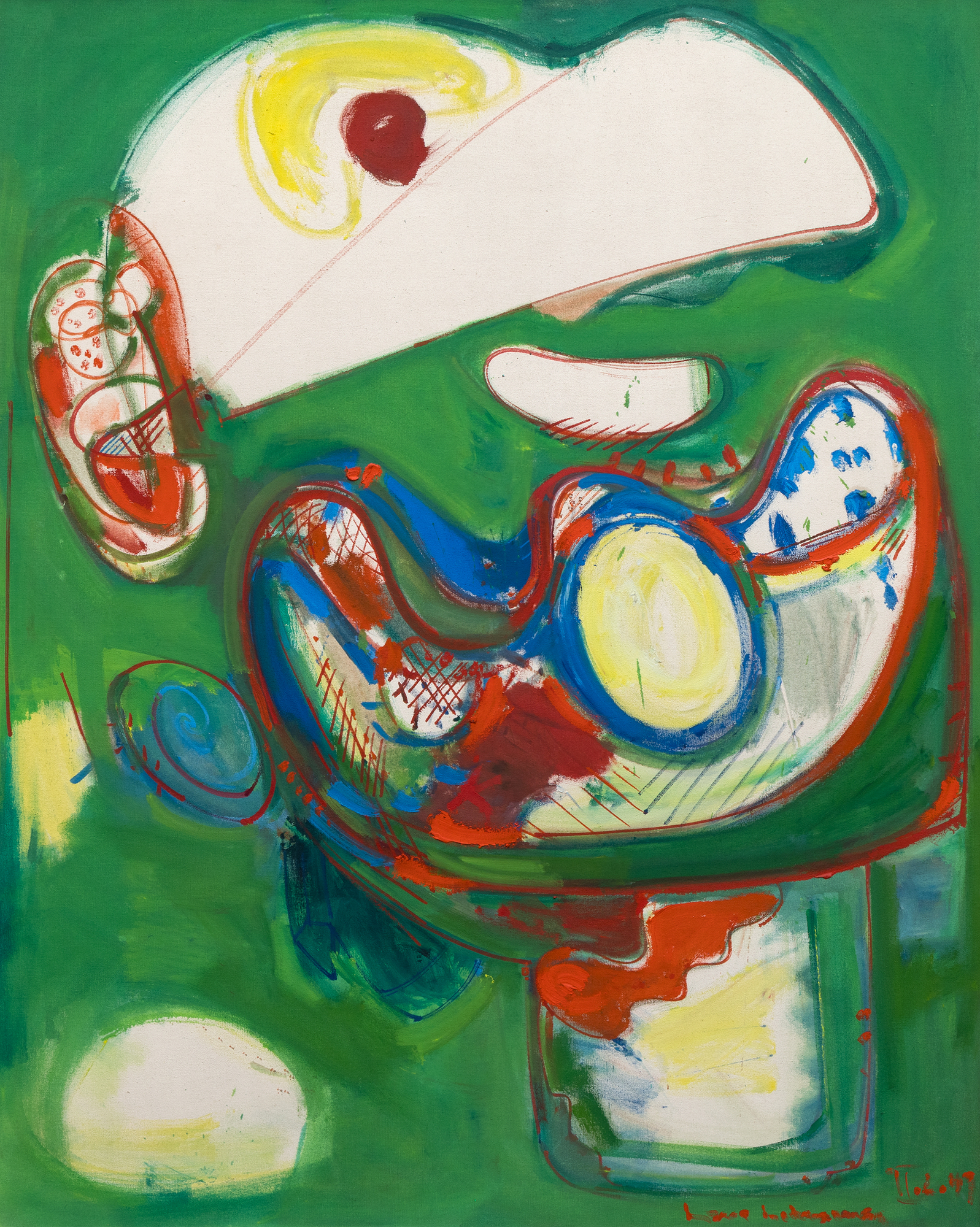

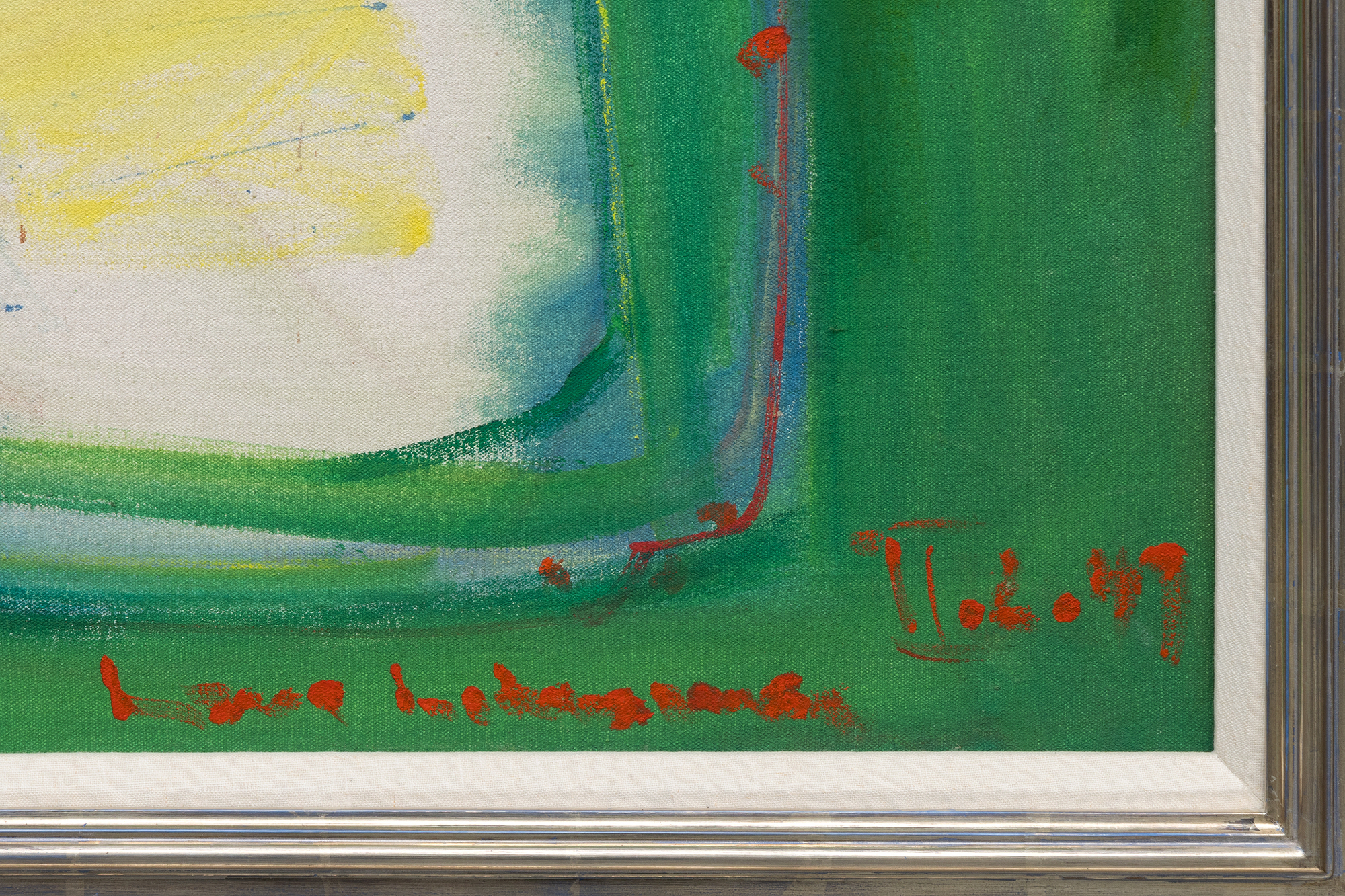
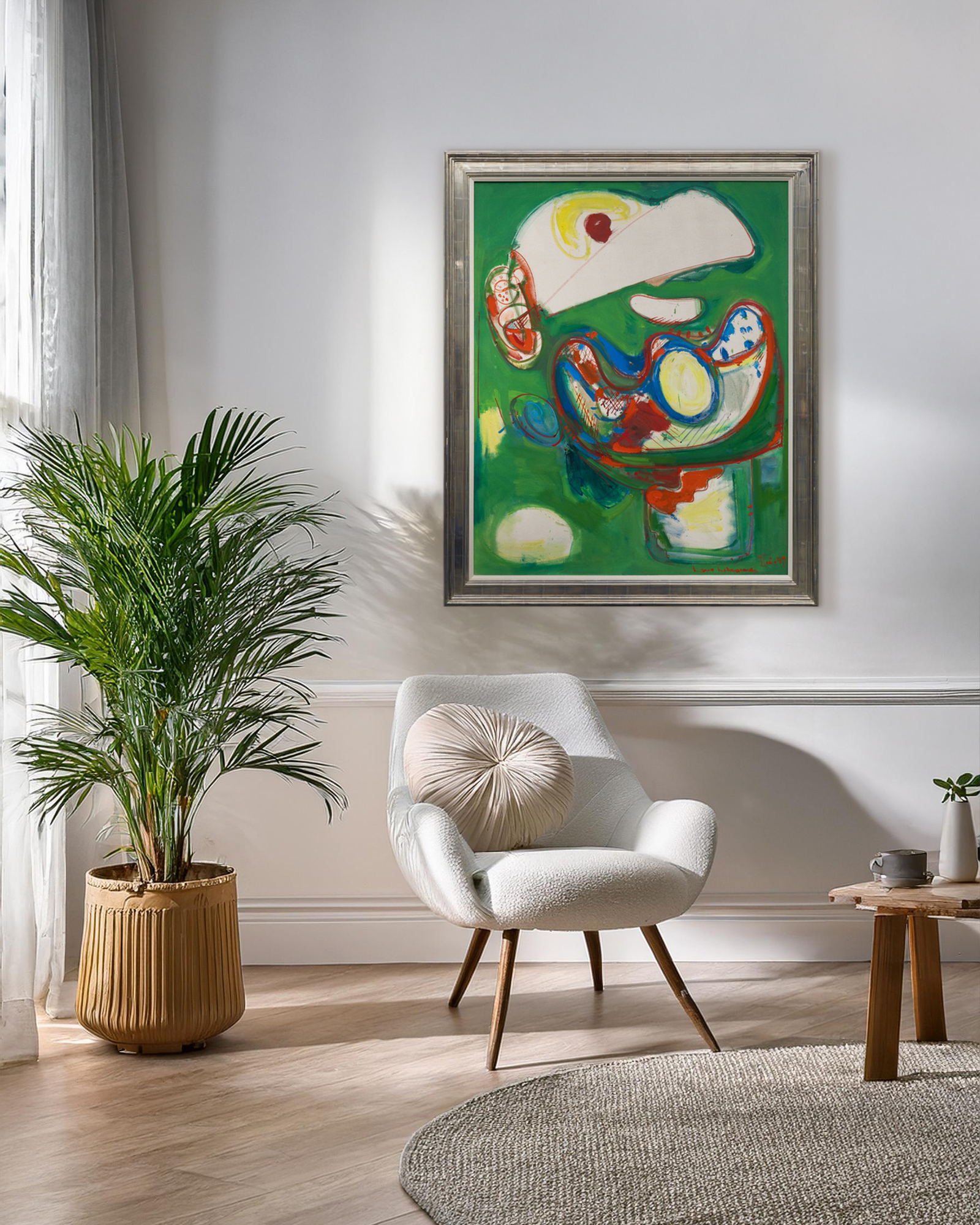
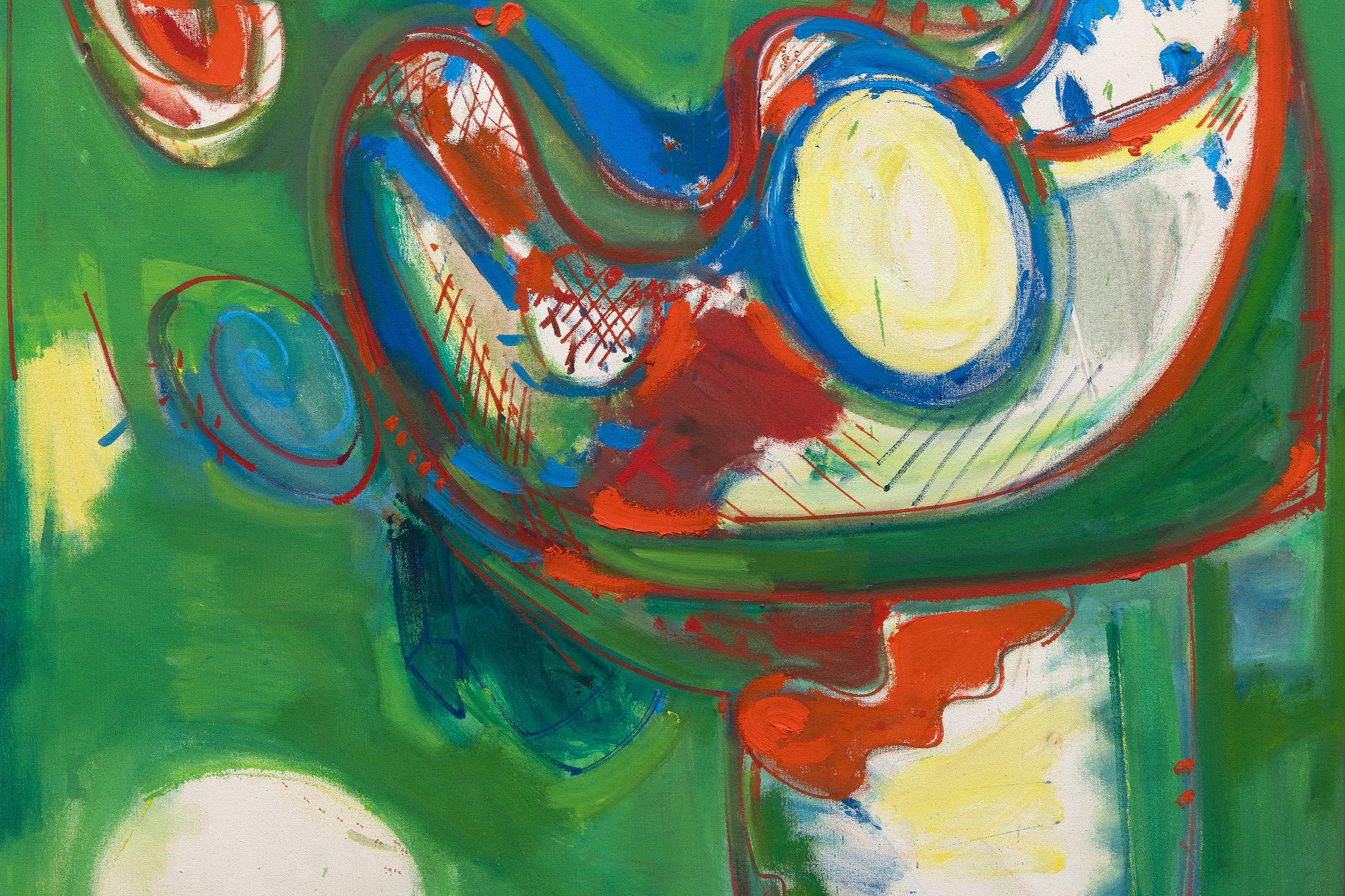
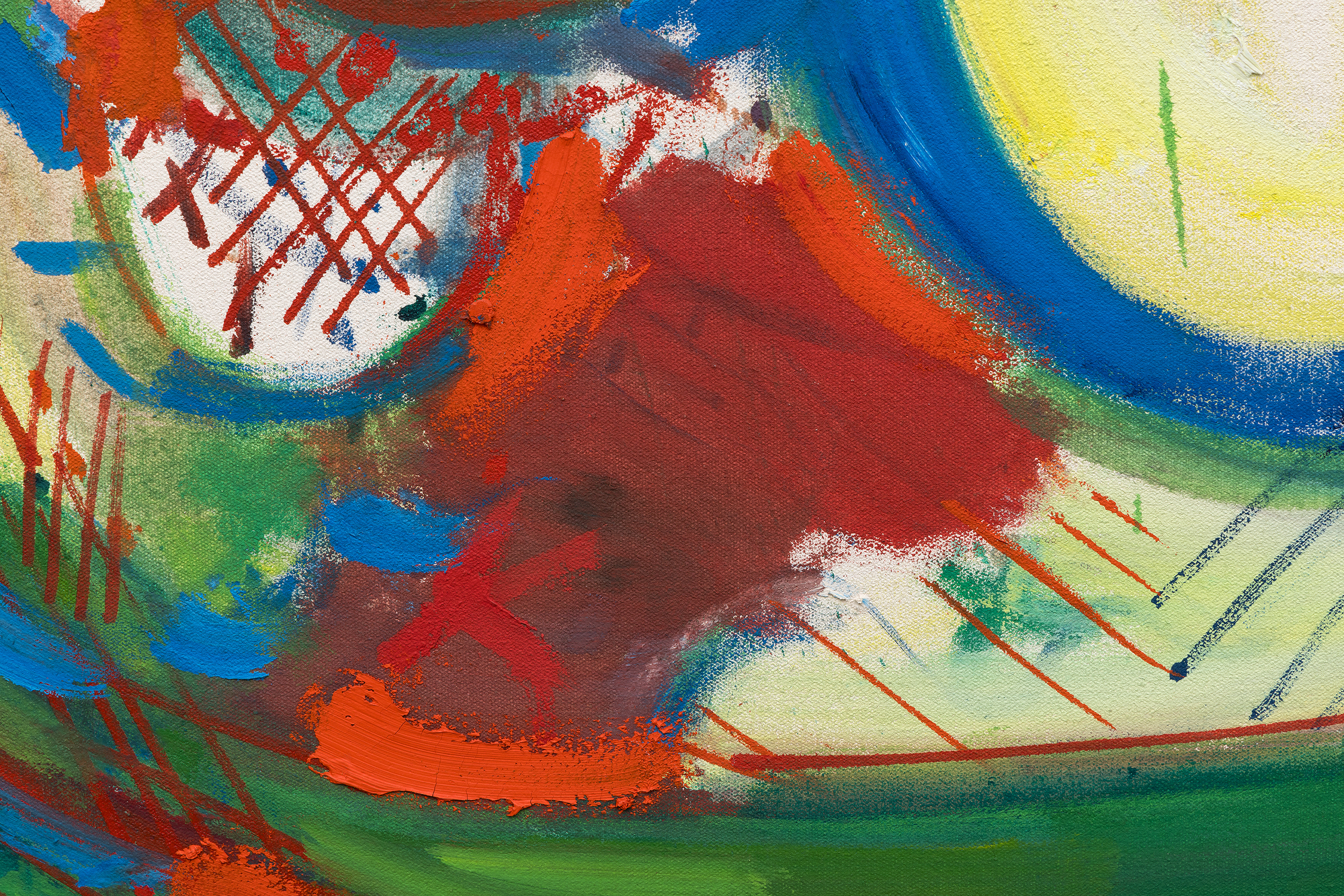
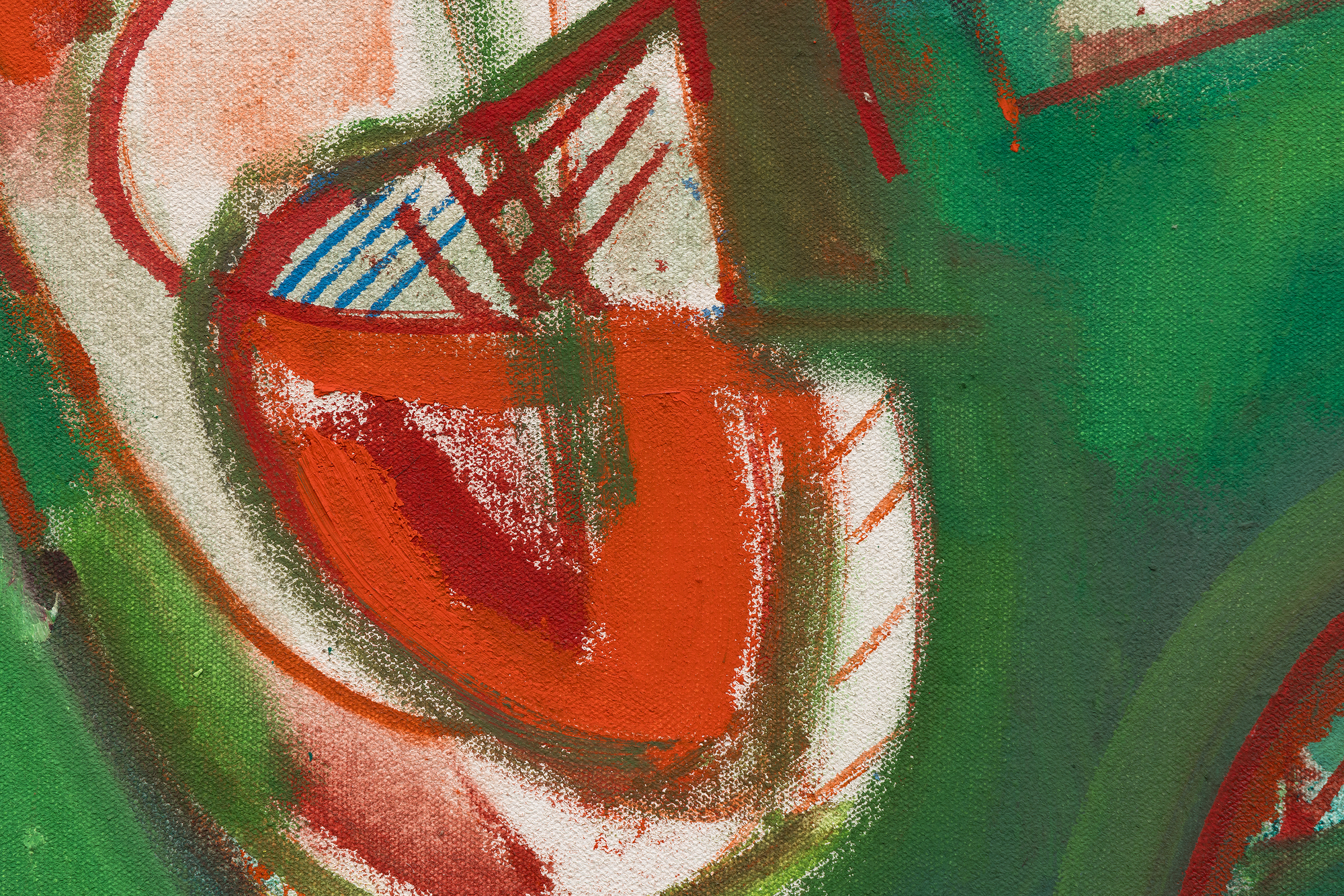
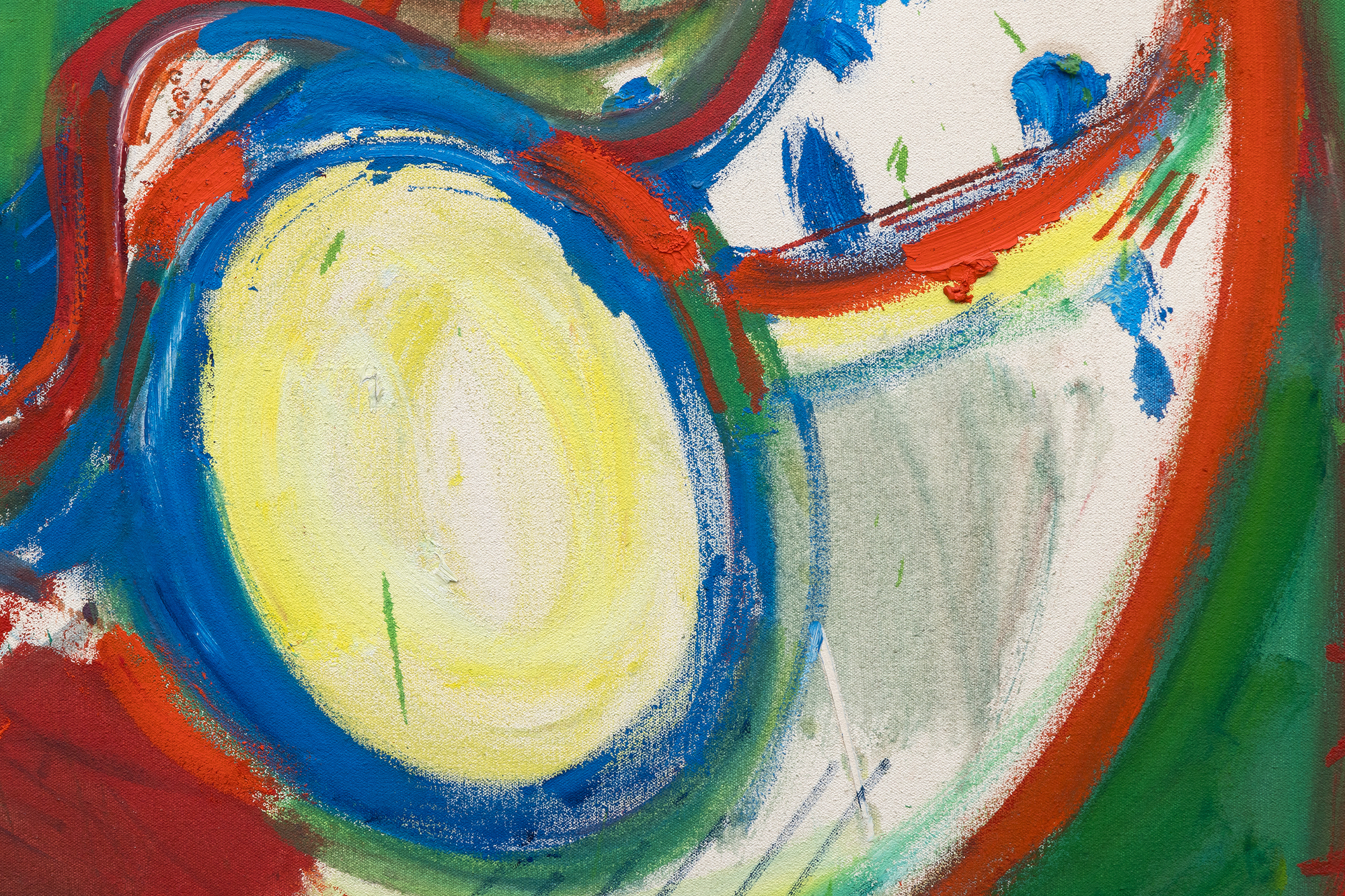

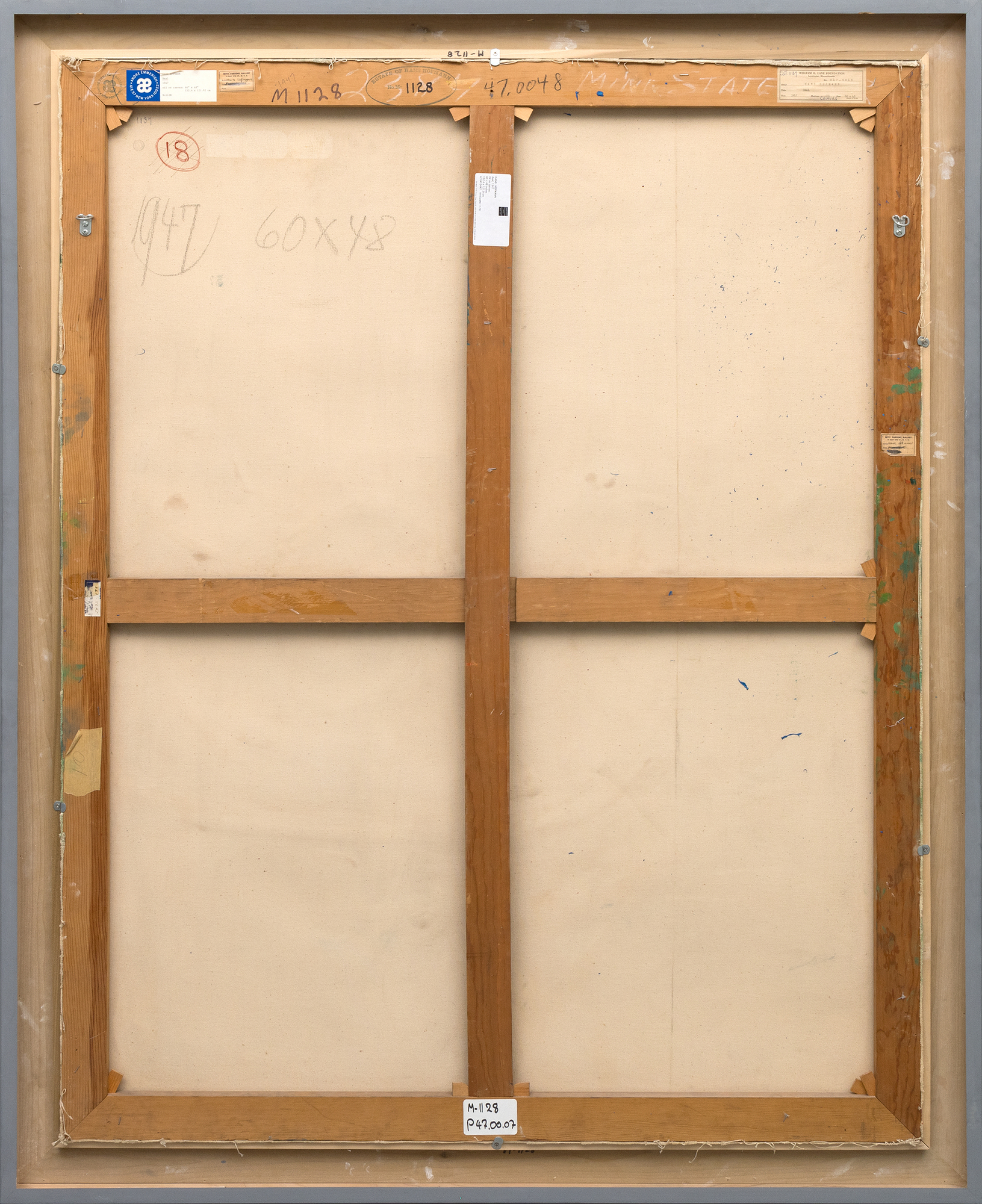
Provenance
Andre Emmerich Gallery, New YorkEstate of Hans Hofmann
Ameringer & Yohe Fine Art, New York
Private Collection, New Jersey
Exhibition
New York, New York, Betty Parsons Gallery, Hans Hofmann: Recent Works, March 24 - April 12, 1947, as Phoenix IIISaint Paul, Minnesota, Minnesota State Fair, as Phoenix III, 1947
Paris, Galerie Maeght, Hans Hofmann, Peintures, January 7 - February 9, 1949
New York, New York, Andre Emmerich Gallery, Hans Hofmann: The Post-War Years: 1945-1949, January 12 – February 18, 1989
New Yo...More...rk, New York, Ameringer Yohe, Hans Hofmann: The Unabashed Unconscious; Reflections on Hofmann and Surrealism, March 30 – April 29, 2006
Literature
Andre Emmerich Gallery, Hans Hofmann: The Post-War Years: 1945-1949, New York, 1989, pl. 5 (illustrated in color)Jed Perl, Hans Hofmann, the Unabashed Unconscious: Reflection on Hofmann and Surrealism, New York, 2006, p. 36 (illustrated in color)
Suzi Villiger, Hans Hofmann: catalogue raisonne of paintings, volume II, Surrey, 2014, HH cat. no. 1137-1947, p. 392 (illustrated in color)
...LESS... Price775,000
Painted at age 65, Baal also showcases Hofmann's willingness to revisit earlier disciplines while addressing the challenges of mid-century abstraction. Its vibrant palette and bold use of complementary colors, particularly the juxtaposition of red and green, heightens the painting's dynamism. His muscular brushwork also reflects his lifelong experimentation with the tension between form and freedom; undulating lines and biomorphic forms evoke the surrealist influence of Miró and the spiritual resonance of Kandinsky's gestural abstractions. Like these predecessors, Hofmann sought to translate "inner necessity" into visual expression, guided by his fertile imagination. Yet the planal elements and curvilinear shapes of Baal also reflect the influence of improvisational painting, a hallmark of Abstract Expressionism as practiced by contemporaries like Arshile Gorky, among others. It is a composition that teems with movement and energy, suggesting a cosmos in flux—chaotic yet deliberate.
Exhibited the same year at Betty Parsons Gallery in New York, Baal signals Hofmann's evolution as a master and innovator. With its vivid dynamism and symbolic title, the painting epitomizes Hofmann's ability to infuse abstraction with elemental power, crafting a deeply personal exploration of form and color.


